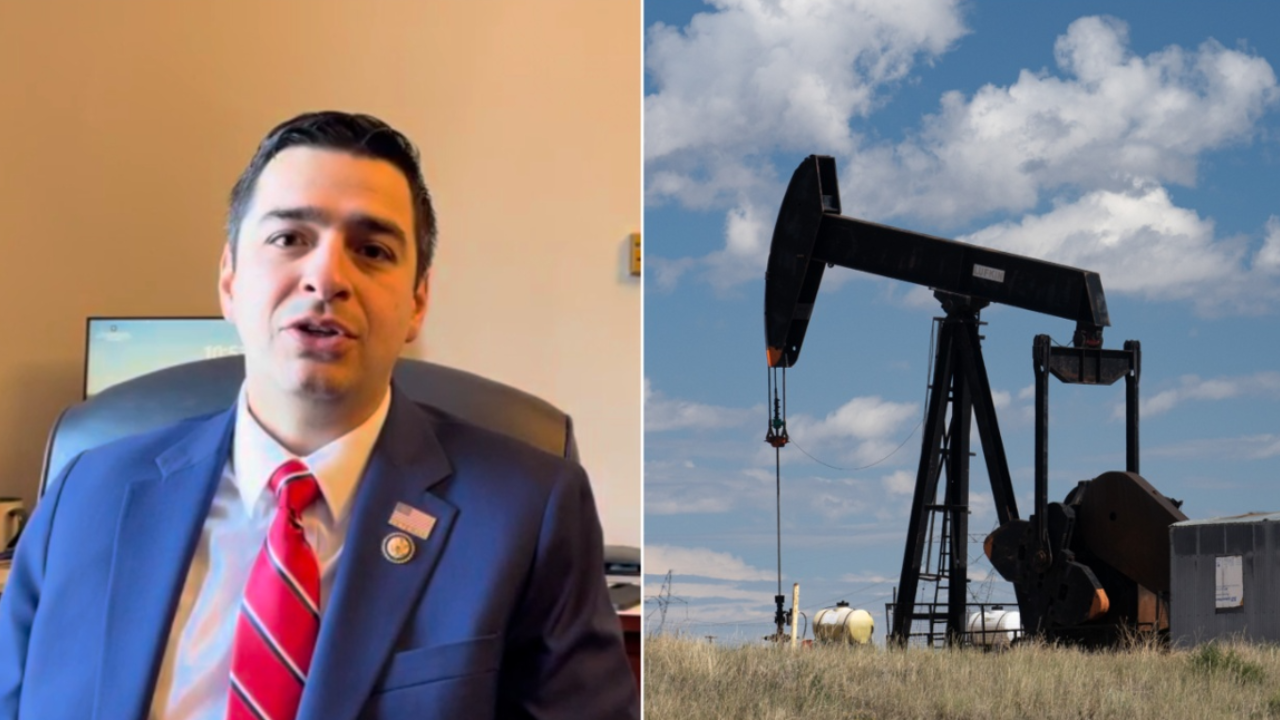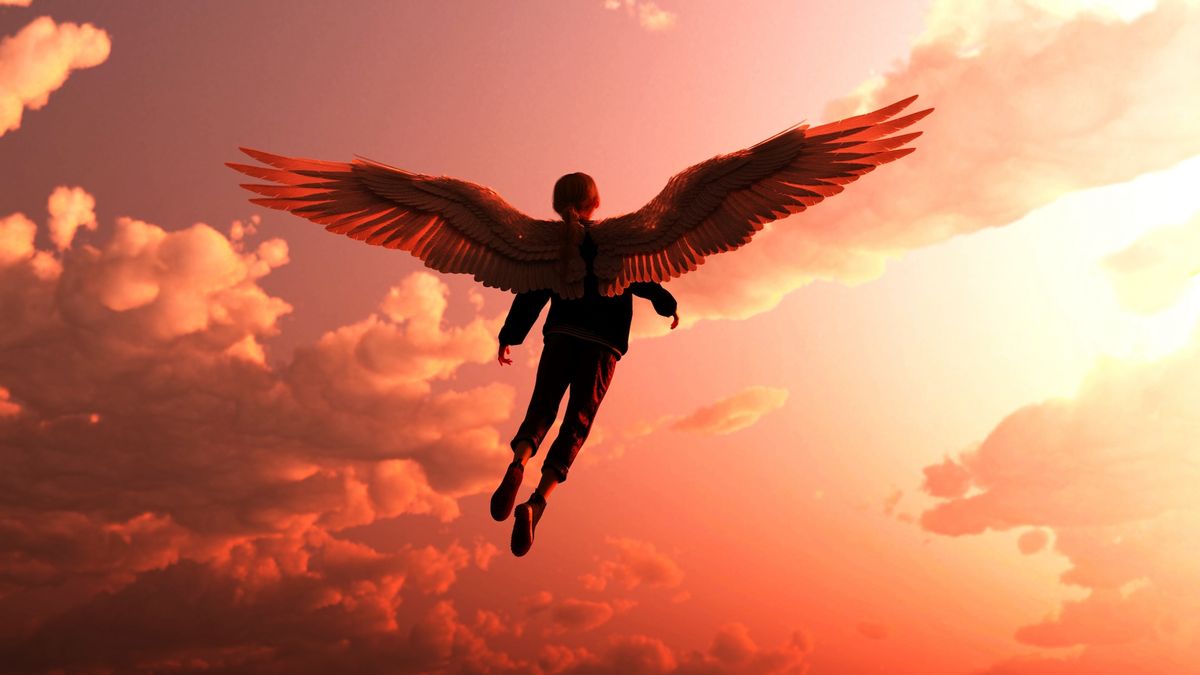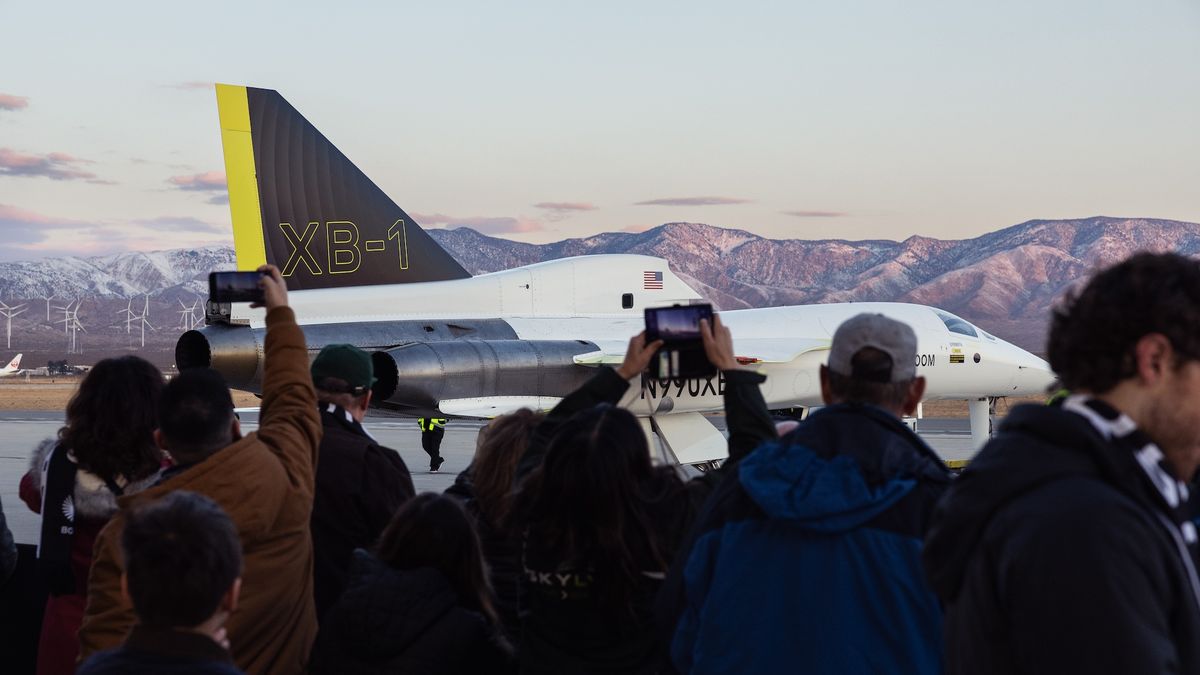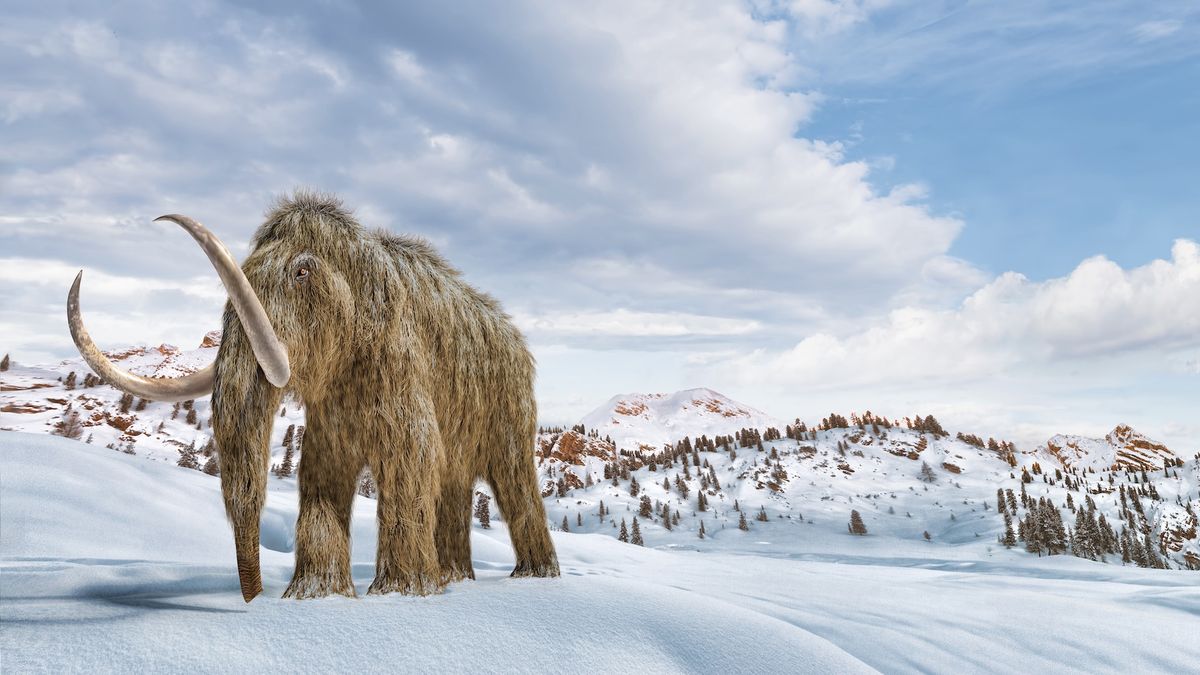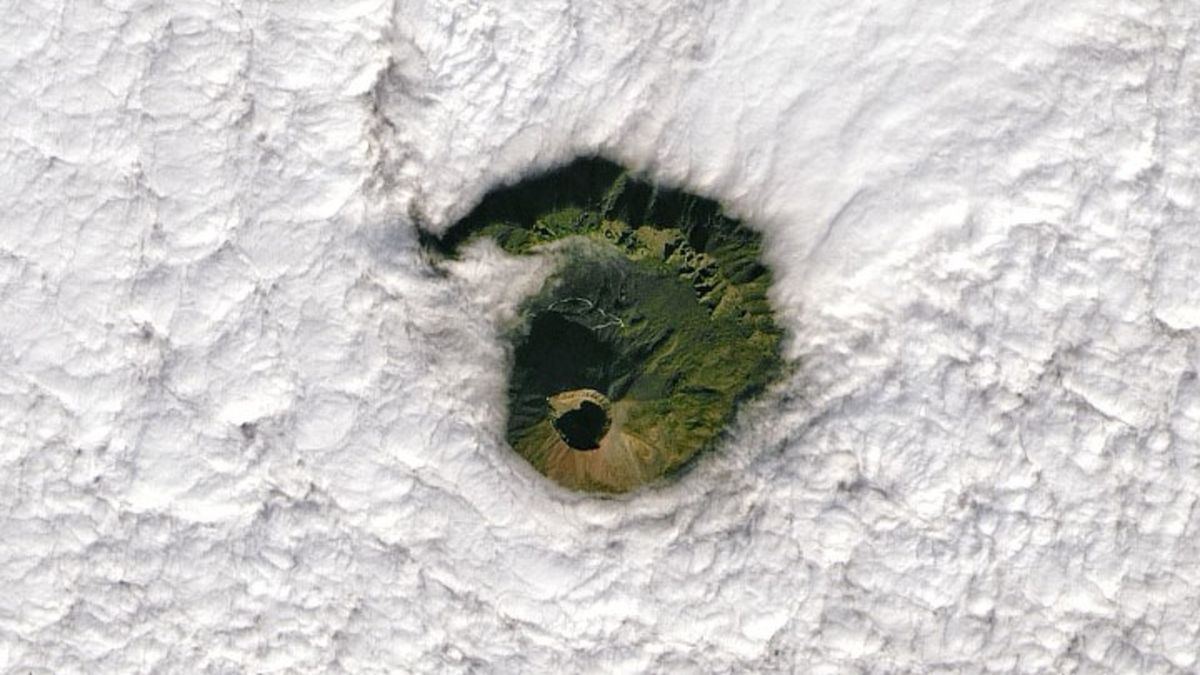For the many wondrous things humans can do, we can’t fly on our own. But if we could, how big would our wings be?
Of course, the answer depends on the person’s size. But someone who’s about 155 pounds (70 kilograms) and at least 5 feet (1.5 meters) tall would have a wingspan of about 20 feet (6 m), said Ty Hedrick, a professor of biology at the University of North Carolina at Chapel Hill, “which I thought was surprisingly small.”
Hedrick arrived at this figure using an equation developed by Robert Nudds, a senior lecturer in biological sciences at the University of Manchester. Nudds described this equation in a 2007 paper published in the Journal of Avian Biology, in which he describes the scaling of bird wing parameters with respect to body mass.
But in this hypothetical scenario, we can’t simply slap on a pair of wings and call it a day. It requires a complete reimagining of our anatomy. If we want to fly, we need other features in addition to wings.
First, we must consider what kind of wings we’ll have. The classic angel look portrays a flying human with a huge pair of feathered wings protruding from the back. Anatomically, that would require a separate shoulder blade, Michael Habib, a research associate at the Dinosaur Institute at the Natural History Museum of Los Angeles County, told Live Science. Those wings would also need flight muscles wrapping around from the chest to the back.
Related: What if humans had tails?
According to Habib, bat-like wings would make more sense on humans. In this setup, the entire arm and hand would stretch out, creating that 20-foot wingspan. A fleshy membrane wing would cover these limbs.
But to actually fly, the rest of our body would have to produce enough power, which would require strong muscles. In birds, an average of 16% to 18% of their muscle mass comes from muscles used for flying. In some, up to 30% of their muscle mass comes from the chest. This is also true in bats, though the mass is distributed across more muscles. “It’s what sets them apart from the build of a nonflying animal,” Habib said.
The corollary in humans creates a funny visual. “You’re going to have a chest sticking way on out,” Habib said, “and a back that’s super, super ripped.”
The type of flyers humans would be also factors into this question. “Not everything flies in exactly the same way,” Habib said. “How you fly will be determined by your anatomy.” There are a few types of flight, and all flying creatures specialize in different kinds, like flapping, gliding, hovering and soaring. Each of these specialties involves different types of wings. For example, Habib said that a bird that flaps throughout a journey has shorter, stouter wings. On the other hand, a soaring bird like an albatross has much longer wings relative to its size. Humans, with their relatively large size, would likely soar.
There’s also the question of takeoff, especially with 20-foot-long, bat-like wings. With wings this large, we would not be able to flap our way up. “You can’t flap very much when you’re close to the ground,” Hedrick told Live Science.
Habib suggested what’s known as a quadrupedal launch, or a launch from a position where all four limbs start out on the ground. Pterosaurs, which were some of the first vertebrates to evolve the ability to fly more than 200 million years ago, likely walked and took off this way too, according to a 2010 paper co-authored by Habib and published in the journal PLOS One. Some bats, like vampire bats, walk and run on all fours as well.
Of course, humans are at an evolutionary disadvantage. Flying animals have been perfecting their anatomy for flight for millennia. “We’d need a lot of the other adaptations birds have acquired over the years,” Hedrick said.



